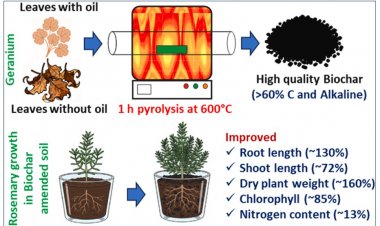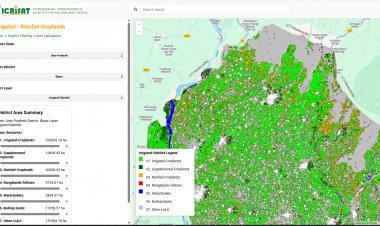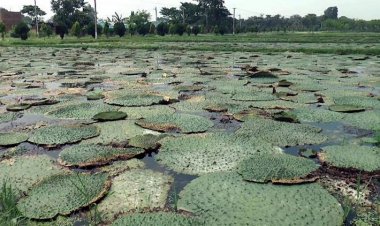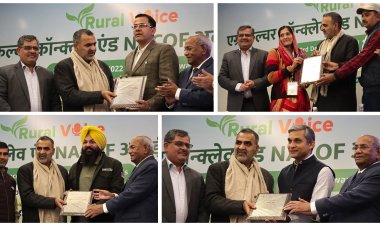Nitrogen Use Efficient rice varieties and their traits/genes discovered at Indraprastha University
The research reveals that while high NUE rice varieties, such as Khira and CR Dhan 301, are long-duration crops, the Dhala Heera variety uniquely combines both high NUE and short duration, a combination that is preferred by farmers.
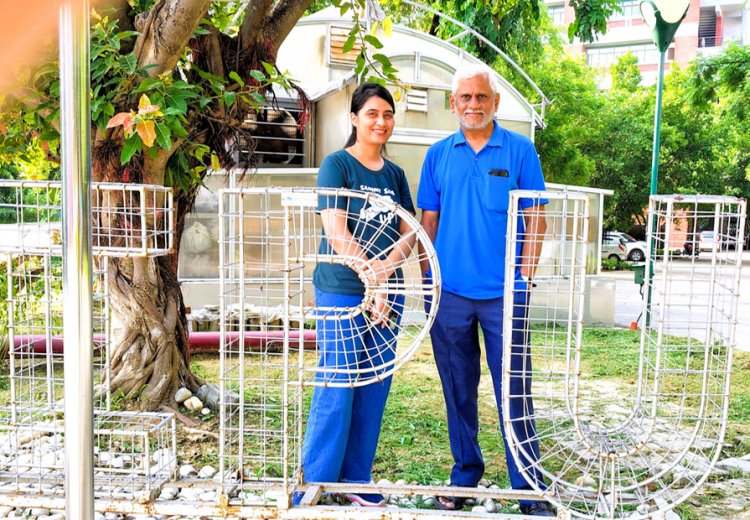
Indian scientists found a 5-fold natural variation in rice nitrogen use efficiency (NUE) and the associated traits and genes for crop improvement to save fertilizer wastage, pollution, ill-health and climate change. They also found that while high NUE rice varieties such as Khira and CR Dhan 301 are long-duration crops, the Dhala Heera variety has the preferred combination of both high NUE and short duration. These findings have just been published as a research article in the internationally reputed ‘Journal of Plant Growth Regulation’. It is co-authored by Ashu Tyagi, Dr. Navjyoti Chakraborty and Prof. Nandula Raghuram, from the Centre for Sustainable Nitrogen and Nutrient Management (CSNNM) School of Biotechnology, Guru Gobind Singh Indraprastha University, New Delhi.
“India is a centre of origin of rice biodiversity with tens of thousands of rice varieties and this research highlights the huge potential for crop improvement for NUE through selection and breeding’, said a release from the University. “Nitrogen (N) use efficiency in cereals is measured as the grain yield (or N harvested into grain) per unit input of urea, the predominant N-fertilizer in India. Cereals consume two-thirds of all urea in India, led by rice, which is why we chose it. Poor fertilizer NUE wastes N-fertilizers worth a lakh crore per year in India and over US$ 170 billion
per year globally, tripling over the last 50 years. Worse, N-fertilizers are the main source of nitrous oxide and ammonia pollution of the air and nitrate/ammonium pollution of water, affecting our health, biodiversity and climate change. Yet, we don’t have a ranking of any Indian crop varieties in terms of their NUE for crop improvement by selection or breeding” said Raghuram.
While some improvements in NUE can be done by improving fertilizer formulations, legume-based crop rotations and crop management practices, farmers’ habits and economic barriers make crop improvement a better solution. “Our screening of a dozen rice varieties out of over a thousand Indian released varieties revealed 5-fold variation in NUE that can be tapped for crop improvement. There could be even higher potential in the tens of thousands of untapped farmers’ varieties/landraces” said Ashu Tyagi, who carried out this work for her doctoral thesis. “This was by far the most comprehensive study of 46 phenotypic and physiological parameters in any crop. We found 19 parameters strongly associated with NUE, including 8 we discovered for the first time, subject to confirmation in field trials”, she added.
“We have done 3 different studies over a decade using different sets of 34 released rice varieties by different researchers of our lab using the same methodology to evaluate NUE in our greenhouse. The varieties we earlier found to be of high NUE in the greenhouse were later confirmed in the field by our partners in agricultural institutes. So we are increasingly confident that we have a reliable field-relevant methodology for biological assessment of NUE. On that basis, we can recommend large-scale screening of all the Indian varieties of rice to find more and more NUE cultivars that suit different agroclimatic conditions and markets”, said Raghuram.
The work was funded by the University and the United Kingdom Research and Innovation under its flagship Global Challenges Research Fund for the project on ‘South Asian Nitrogen Hub’. India is a signatory to the Kunming-Montreal Global Biodiversity Framework (2022), the target 7 of which mandates countries to halve their nutrient waste from all sources by 2030.



 Join the RuralVoice whatsapp group
Join the RuralVoice whatsapp group



















